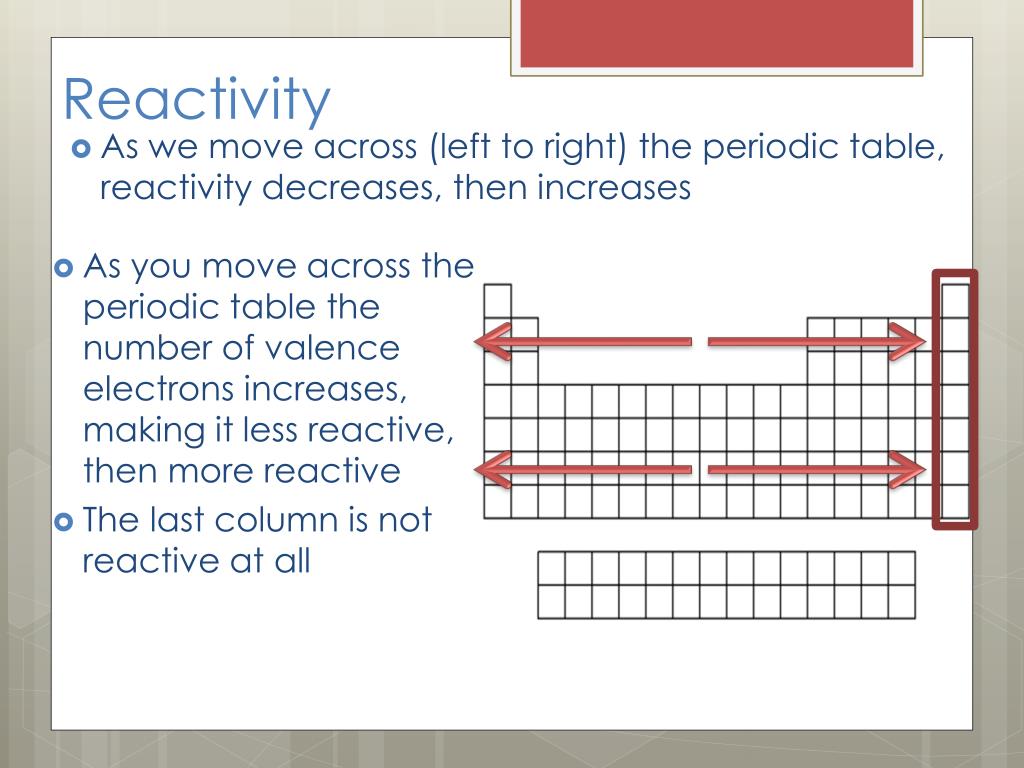


Group 7A Halogens Common oxidation stateĬommon oxidation state for halogens is -1, but they also show +1, +3, +5, and +7 oxidation states in their compounds. Halogens have high ionization energies, electron affinities and electronegativities. H2SO4 + 8H+ + 8I – → 4I2 + H2S + 2H2O Halogens have irritating odours and they attack the skin.īromine causes burns that heal slowly. It reduces the sulphate ion of sulphuric acid to S-2 ion. (ii) I – ion is larger than Br – ion so it is a stronger reducing agent than Br – ion. (i) Br – ion reduces sulphate ion of sulphuric acid to SO2.Į.g. Larger ions can easily donate an electron and thus can easily reduce other substances.Į.g. The larger the size of the halide ion more is its reducing power. Reducing power of halide ions depends upon their sizes. In this reaction, Cl2 has oxidized I – to I2.

(ii) Chlorine water oxidizes KI to iodine and the solution turns brown due to the formation of iodine. Thus they are used as bleaching agents.Į.g. (i) Fluorine and chlorine can oxidize coloured dyes to colourless. Halogens take electrons from other elements and thus oxidize them.Į.g. what is electron affinity Electron affinity Trend Higher is the attraction higher will be the electron affinity. It is the measure of attraction between incoming electrons and the nucleus. Halogens Group VII A Electron affinityĮlectron affinity is the energy released or absorbed when an electron is added to a gaseous atom or ion. Fluorine has the highest electronegativity which is four. Thei r electronegativitiesare high and decrease down the group. Their atomic radii increase down the group. They exist as discrete diatomic molecules F2, Cl2, Br2, I2, At2. Their general valence shell configuration of group 7 (Halogens) is ns2, np5. This group consists of the elements which are given in the following. Halogens belong to group VII-A or group 7 or group 17 of the periodic table.


 0 kommentar(er)
0 kommentar(er)
